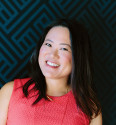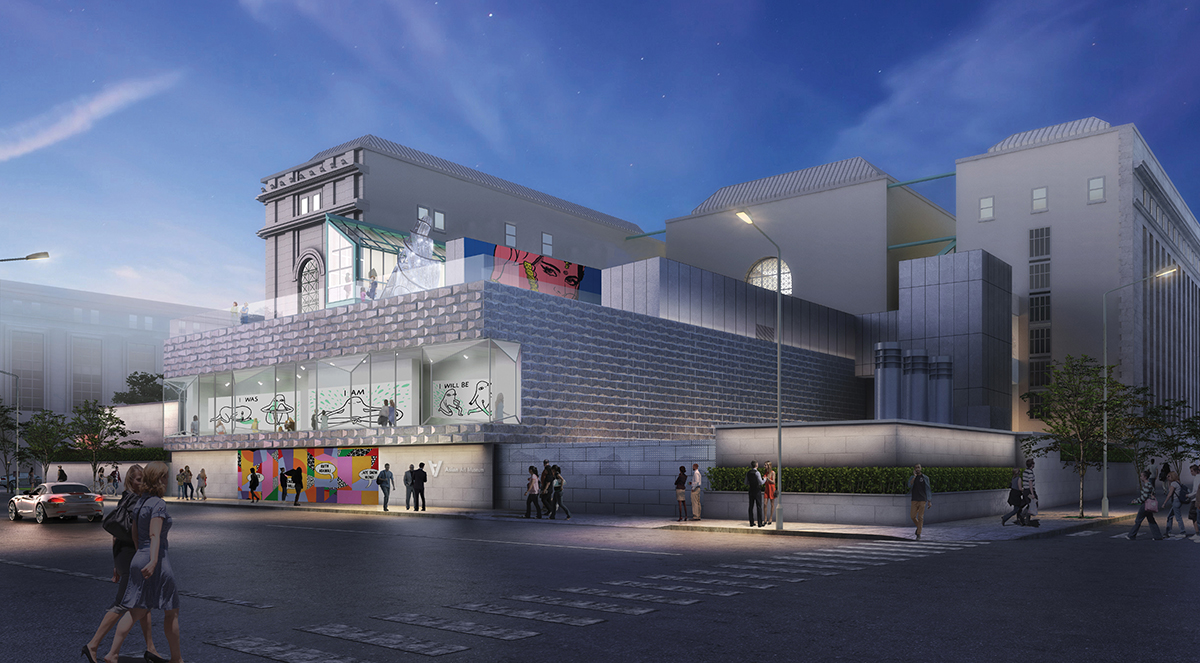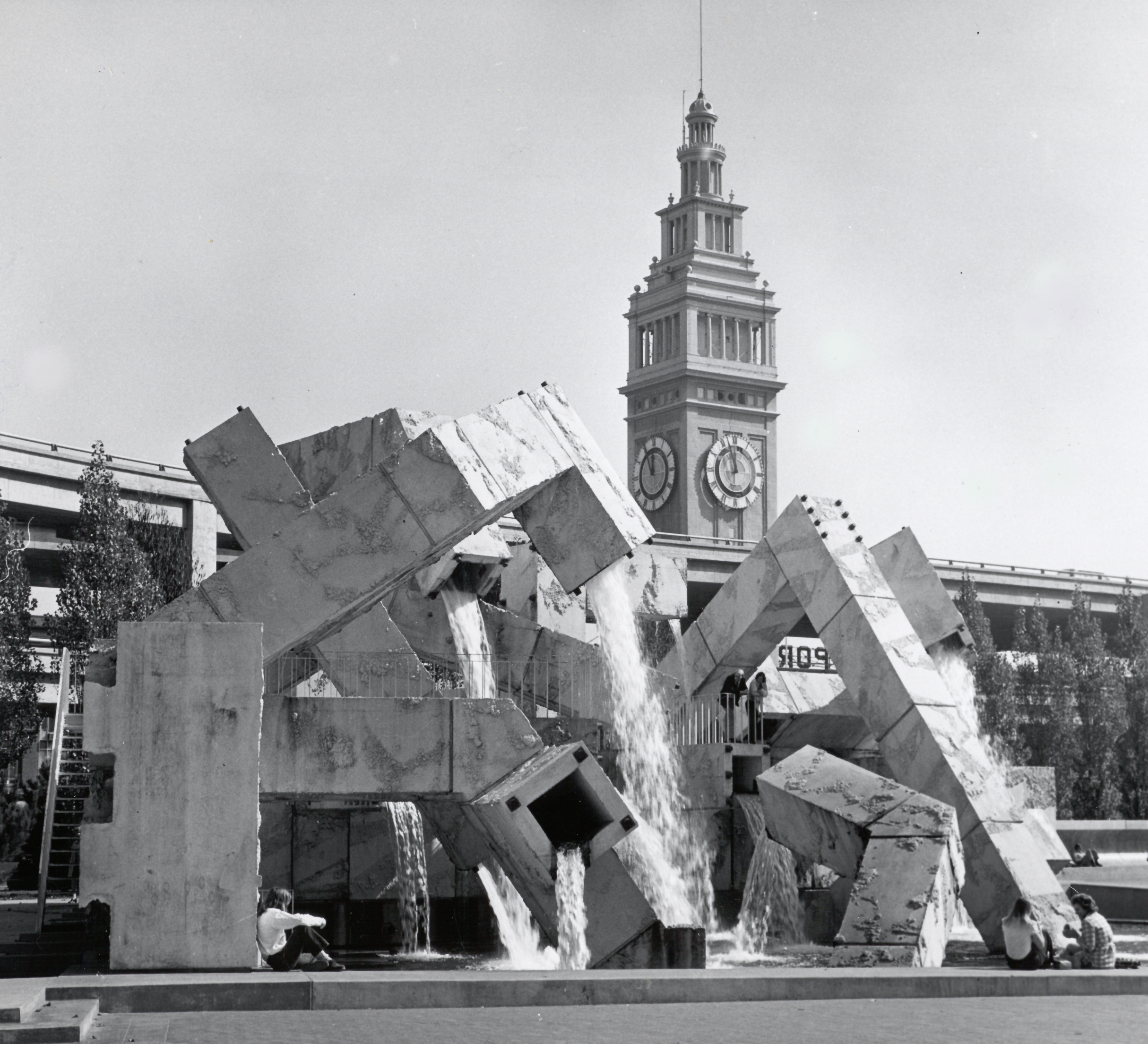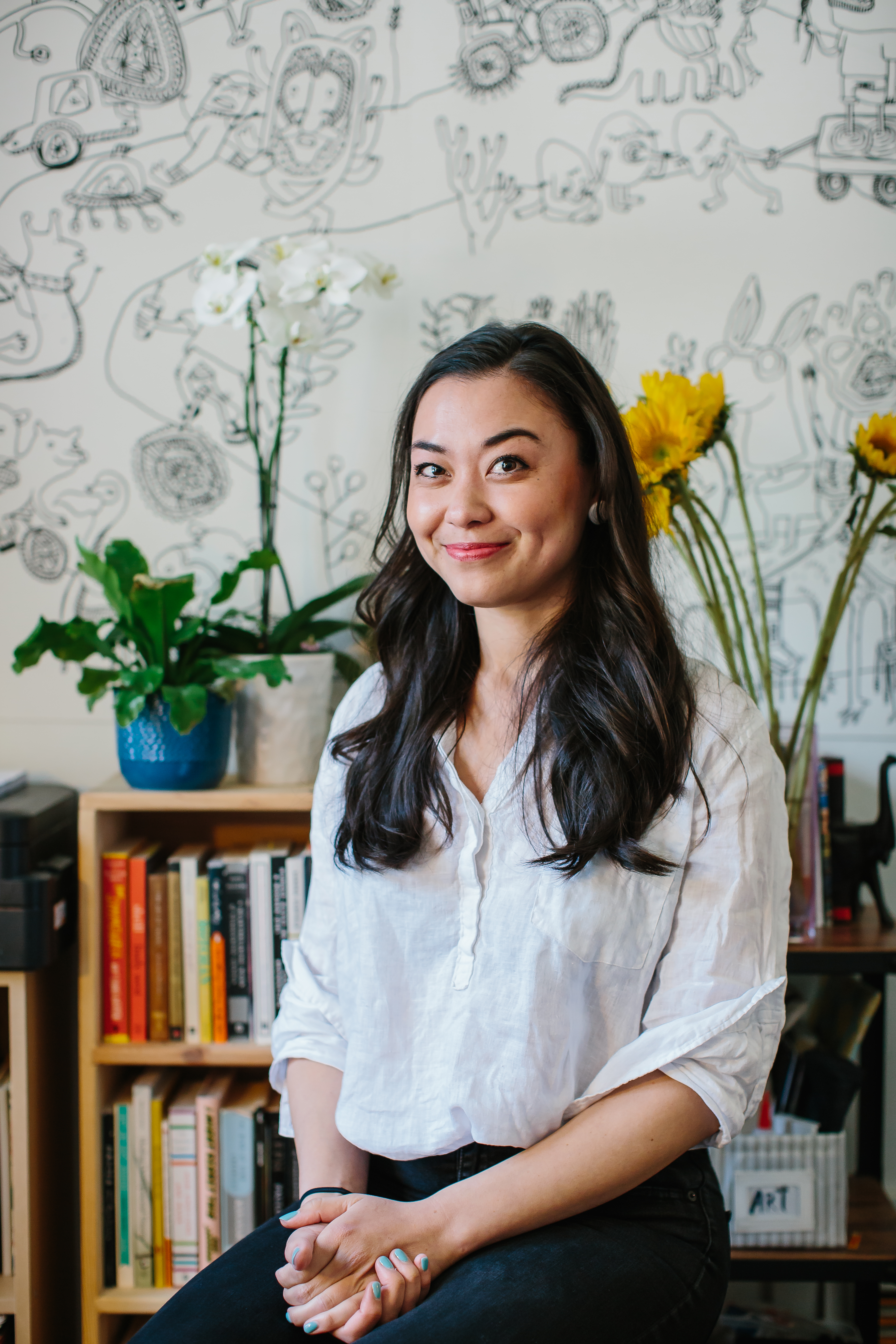
Chanel Miller at the San Francisco Asian Art Museum
By Grace Hwang Lynch
Miller’s Debut Museum Exhibit “I was, I am, I will be” Lights Up the Asian Art Museum
How do we deal with trauma? And how do we move forward? Those are questions that any of us might be asking in the midst of the COVID-19 pandemic with no clear end in sight. But long before our lives were upended by the coronavirus, Bay Area artist Chanel Miller was grappling with these questions. Miller's debut museum exhibit I was, I am, I will be can now be seen from the Hyde Street exterior of the Asian Art Museum. If her name sounds familiar - yet hard to place - perhaps it's because she was first known as Emily Doe, the victim of sexual assault on the Stanford University campus. Her statement from that 2016 trial went viral, and last year she stepped out from behind the veil of anonymity with her memoir Know My Name.
That book - and accompanying video - caught the attention of the Asian Art Museum's Head of Contemporary Art Abby Chen, who says, 'Not only is she an amazing writer, she's also this visual artist. But of course, she's incredibly young.' At the time Miller was 27 years old and had never had her artwork displayed in a museum, much less one she had frequented with as a child with her mother.
Chen and the staff at the Asian Art Museum began the process of collaborating with Miller, who is mixed-race and asserts in the introduction of her book, 'I am also half Chinese. My Chinese name is Zhang Xiao Xia.' With a therapist for a father and the Chinese born writer and filmmaker Zhang Ci as her mother, Miller had the kind of creative childhood that goes against the popular ideas about the turbocharged environment of Palo Alto, where she attended Gunn High School during the years marked by a series of student suicides. As children, young Chanel and her sister were allowed to draw on the walls of their bedroom.
'Whenever I was upset, I'd take a Sharpie to the wall and sit for hours and let these creatures come to life. I could create landscapes that don't have narrow borders. I was having these marking on my wall, thinking, 'Oh, I remember when I was going through that. And that's the scene that came out of that feeling.''
At their first meeting with the team at the Asian Art Museum, Miller brought her portfolio and covered the table with sketches. 'She is very good at telling stories,' Chen noticed. 'By the time I looked at the portfolio, I was like, 'This is really good.''
The original idea was for Miller to paint the figures directly on the gallery walls, just as she did in her childhood bedroom. But that presented some challenges. The first being that the space - the Brayton Wilbur Foundation Gallery in the new Akiko Yamazaki and Jerry Yang Pavilion - was still under construction. And Miller was travelling frequently to promote her book and had plans to move to New York City at the beginning of March 2020.
The final touches were being put on the new Akiko Yamazaki and Jerry Yang Pavilion on March 16, when the city of San Francisco announced a shelter-in-place order. Air travel from the East Coast seemed too risky. So Chen had another idea: Miller's sumi ink and acrylic designs would be scanned and reproduced on enormous vinyl panels and installed on the three walls in the gallery. Even though the museum remains closed and the addition has yet to be fêted with a grand opening, its first exhibits are visible without even setting foot in the building. At night, Miller's black and white figures - including one lying on its side, one sitting peacefully cross-legged, and one stepping out of the frame - are illuminated and visible from Hyde Street. 'If you're outside, you can witness it walking left to right. Or right to left, but it's not meant to be read in a linear way. The whole journey of healing is never linear,' explains Miller, who hopes the piece will be seen as universal, and not confined to her particular experience. 'My main fear, besides safety, when I disclosed my identity was that I wouldn't be allowed to expand or talk outside of the topic of sexual assault.' Miller is continuing to explore new themes and new mediums, with dreams of creating graphic novels for children.
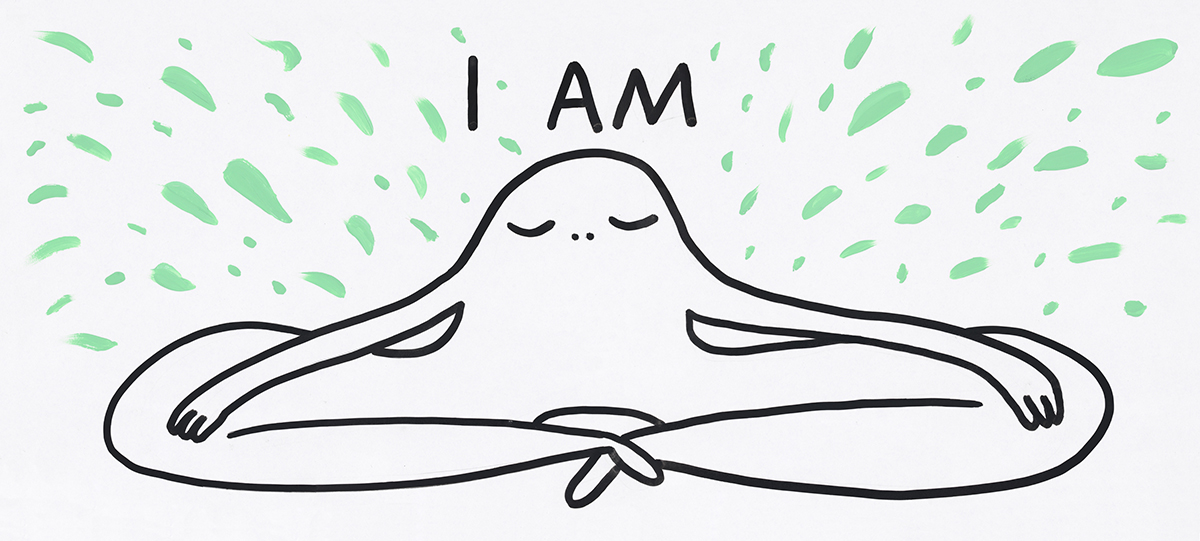
Along with I was, I am, I will be, the Asian Art Museum is unveiling the debut museum exhibits of two other women from the Bay Area. On the exterior of top level of the new wing is Mumbai street artist Jas Charanjiva's Don't Mess With Me, one of her Pink Lady pieces created in response to the gang rape and murder of a young woman on a bus in Delhi, India. The bright pink face appears billboard-like at the top of the pavilion, fitting since Charanjiva was raised in Berkeley and influenced by the murals of the Mission District. On the street level is Pattern Recognition by San Francisco artist Jenifer Wofford, a Filipina-American who is one of three women in the artist group M.O.B. Pattern Recognition is a vivid graphic piece that calls attention to the Asian American artists who have called the city home through the decades.
'Together, they demonstrate this new direction made visible by the Asian Art Museum,' explains Chen, who came to the museum in January 2019 with a vision for raising the prominence of contemporary artists from both sides of the Pacific. The grand opening for the Akiko Yamazaki and Jerry Yang Pavilion has been postponed indefinitely, and in the meantime, the Asian Art Museum will be presenting virtual events. Find the full calendar here.
The large vinyl renderings of Miller's triptych will be on view in the Brayton Wilbur Foundation Gallery, a gallery overlooking Hyde Street in the new Akiko Yamazaki and Jerry Yang Pavilion. These images will be visible both day and night through the gallery's long windows. Miller's process drawings and sketches will be presented across the street from the museum in the San Francisco Main Library (when it is able to reopen for in-person service).
Pictured, left: Chanel Miller - photo by Mariah Tiffany
Pictured, above: I was, I am, I will be (detail), 2020, by Chanel Miller (American, b. 1992). Process color print on vinyl. Commissioned by the Asian Art Museum of San Francisco, courtesy of the artist. © Chanel Miller. Image © Asian Art Museum of San Francisco
Pictured, below: Akiko Yamazaki and Jerry Yang Pavilion Rendering 2020 © Asian Art Museum and WHY
